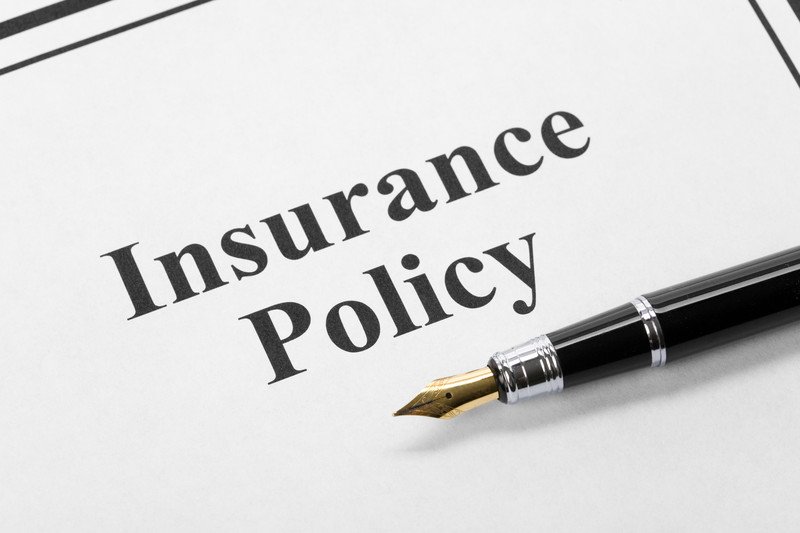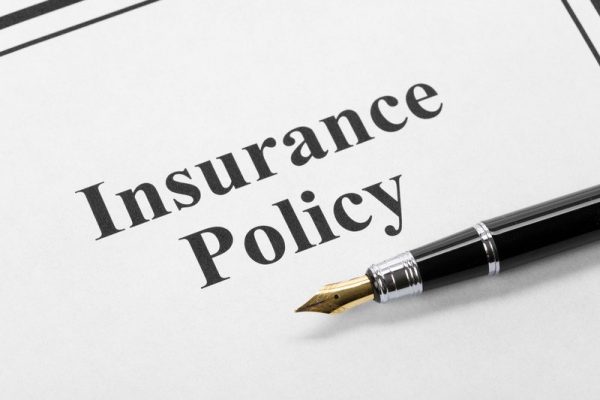Risk Management is the practice of identifying and analyzing loss exposures and taking steps to minimize the financial impact of the risks they impose
Most insurance companies have a responsible official whose main function is to scrutinize every proposal for insurance and to decide whether the risks proposed for insurance shall be accepted or rejected, and if accepted, on what terms. This is called the company’s underwriter and his department is called the underwriting department.
Read more about The law and you
Reinsurance is the transfer of insurance business from one insurance company to another.
Underwriting
The underwriting department of an insurance company is one of the most important departments or sections in an insurance company because it is here that the company decides which risks are worth taking up and which will be declined.
It is important to do this because if the company does not accept many policies, it will not make enough profit from premium paid by insurers, but if it takes up many ‘bad risks’, it will lose out by having to redeem too many claims.
Therefore, the underwriter in an insurance company is responsible for determining which risks can be accepted so that the company is able to make enough profit to remain viable.
Some of the functions of the underwriter include:
- Selection of Risks: it is the duty of the underwriter to determine which risks are good risks and which are bad. Good risks are risks that are not very likely to occur, so the chances that the insurance company will have to redeem a claim regarding such risks are small. A bad risk is a risk that is likely to occur, so the insured will likely receive more money or monetary value from the insurer than he/she has paid in premium.
- Improving business opportunities: in determining what risks to accept and which to decline, it is the underwriter who determined the volume of business that is brought into the insurance firm or company. They are responsible for striking such a balance and so that substantial business is brought into the firm.
- Balancing risk distribution: as noted above, the underwriter is responsible for distributing good and bad risks so that the company retains more in premiums than it pays out in due claims. Therefore, the risks must be distributed in such a way that the company pays out some claims but receives more premiums from good policies so that it can make a profit.
- Retention and limits: this is the department responsible for determining the limits to the company’s ability to insure certain risks, either because of the value of the risk or because of the available assets of the company. Therefore, as part of their duty in determining good and bad risks, they also have to determine feasible and non-feasible claims or policies.
Reinsurance Claims
The fact that an insurance company undertakes to bear the loss that may be suffered by an insured at the occurrence of an event in return for a periodic premium, which is usually not commensurate with the amount of money that will be required to indemnify the insured, is in itself on the part of the insurer.
Occasionally, an insurer is given an offer to insure a risk that is beyond the limit of the company itself. In other words, an insurer may sometimes be asked to underwrite a risk which, if it was to occur, would go beyond a loss that the insurance company can indemnify.
Instead of rejecting the risk as being beyond its capacity, what usually happens is that the insurer underwrites the risk, charges the necessary premium, and seeks protection in re-insurance. As the name implies, reinsurance involves a situation where an insurer with whom a particular risk has been insured, in turn, insures the risk with another insurance company.
The original insurer who obtained the business from the insurer is called the “direct insurer” or the “ceding company” and the company to which the business is transferred is called the reinsurer.
Sign up to the Connect Nigeria daily newsletter
It occurs where for instance, Chief A insures his property, Agbala Villa, with company B, an insurance company, against fire. Company B, seeing the enormity of the loss that it will be asked to indemnify if the risk occurs, may choose to re-insure Agbala Villa with company C, another insurance company.
In this illustration, there are two separate forms of insurance contracts: the one between Chief A and Company B as insured and the insurer respectively, and the other between Company B and Company C as insured and insurer respectively.
As between Chief A and Company C, there is no privity of contract whatsoever, as neither is a party to the other’s contract with company B.
Difference Between Re-Insurance And Co-Insurance
It is usual for one to run into the error of confusing re-insurance with co-insurance. Although both are devices adopted by insurance companies in meeting the needs of their customers where the business is in excess of their capacity, one should not be confused for the other.
As already stated, in the case of re-insurance, the initial insurance is like every other simple insurance contract between a single insurer and a single insured, except that the insurer goes ahead to enter into another insurance contract with another insurance company with respect to the subject matter of the initial insurance.
Co-insurance, on the other hand, is an arrangement whereby a syndicate of insurance companies agrees to underwrite a particular risk, with one acting as the leader. In co-insurance arrangements, there is a single insured but more than one insurer, and there is just a single contract of insurance in operation, with the insured having privity of contract with each individual underwriter.
Conclusion
The system of reinsurance has many advantages, but the most important one is that it enables an insurance company to limit its ability on any risk to an amount which represents the maximum that the company can conveniently pay in any one loss, and the insurer need not limit its acceptance to its own retention.
Furthermore, reinsurance facilitates the spreading of risks and lessens the impact of a heavy loss. It helps in stabilizing the insurer’s income and losses over a number of years and makes statistics more reliable.
Featured Image Source: IRMI
Did you find this article useful? Contact us: [email protected]


